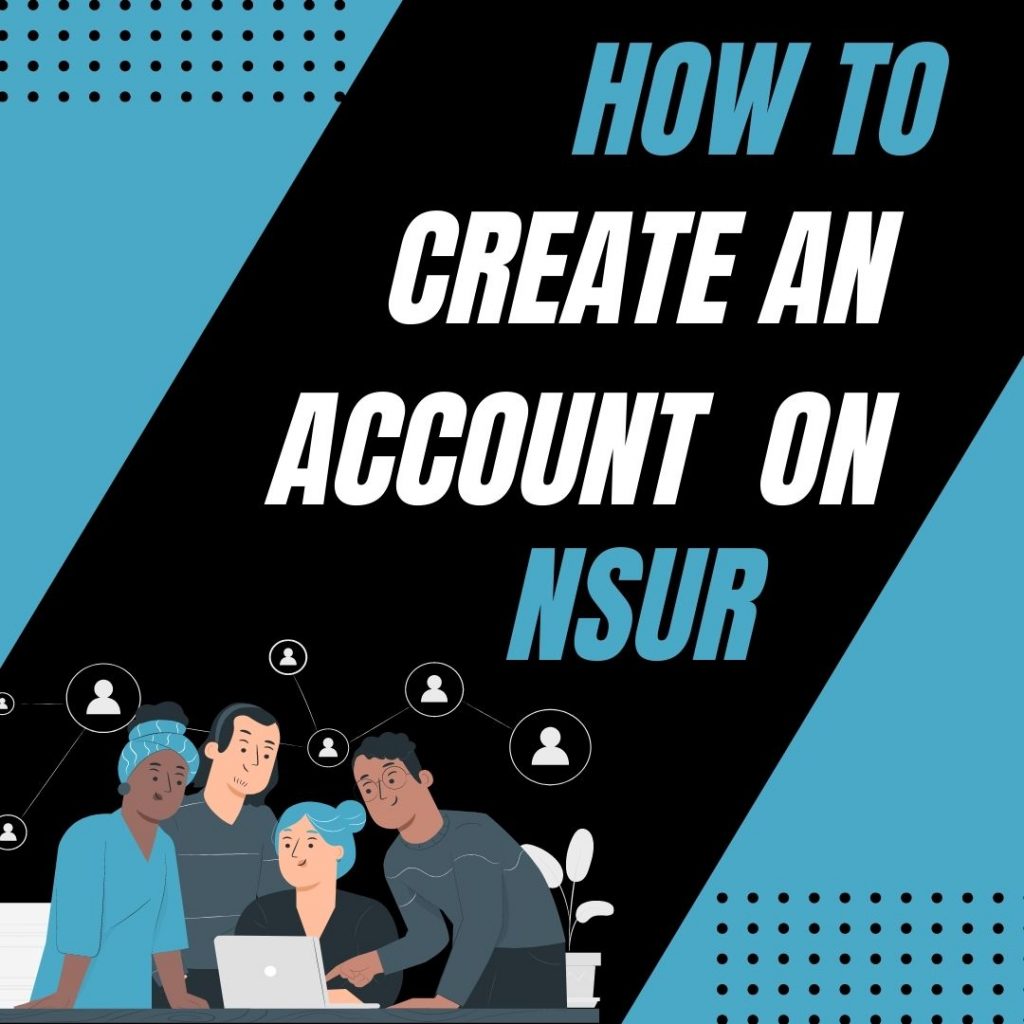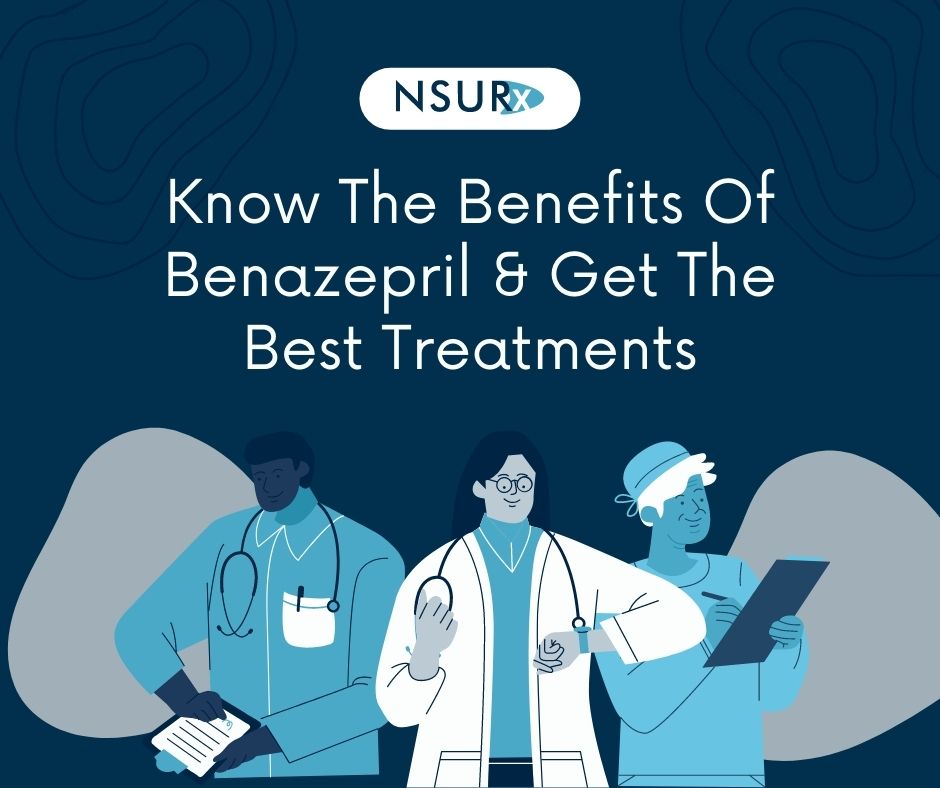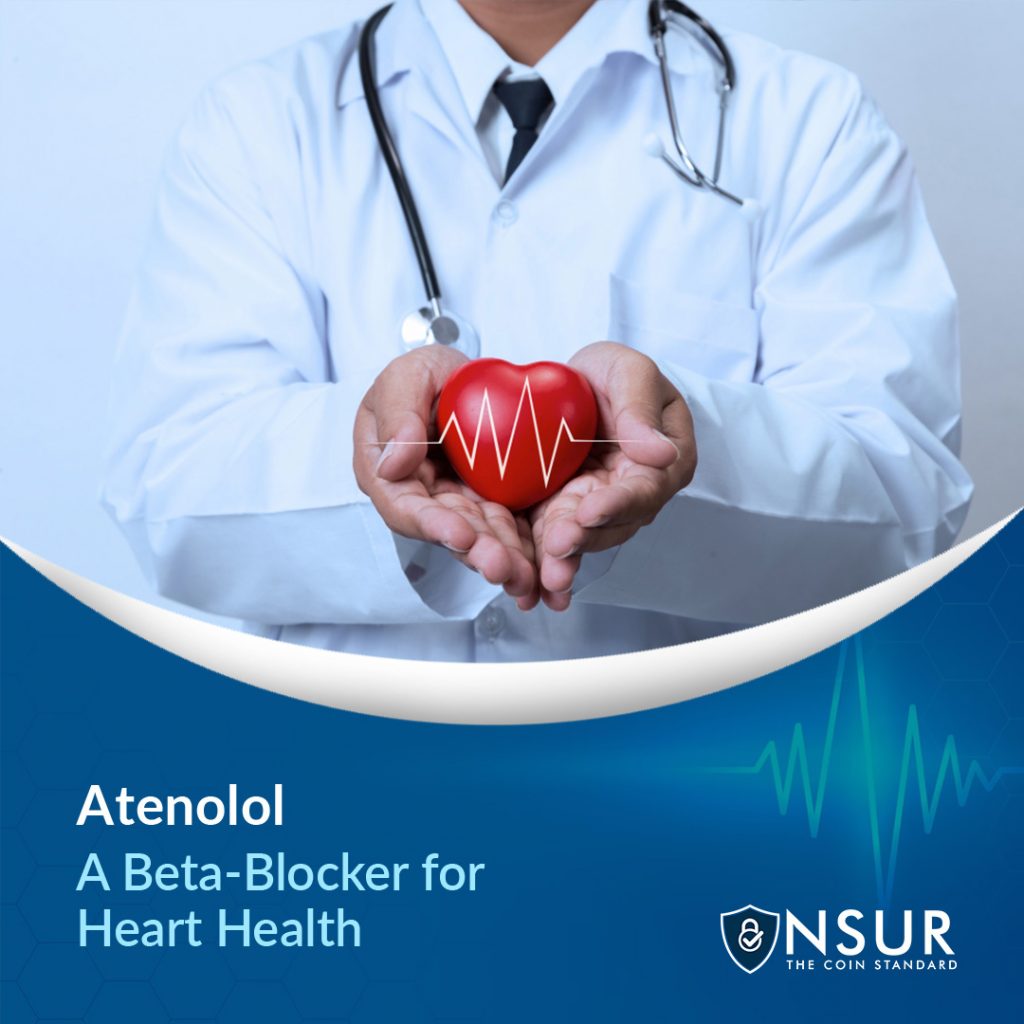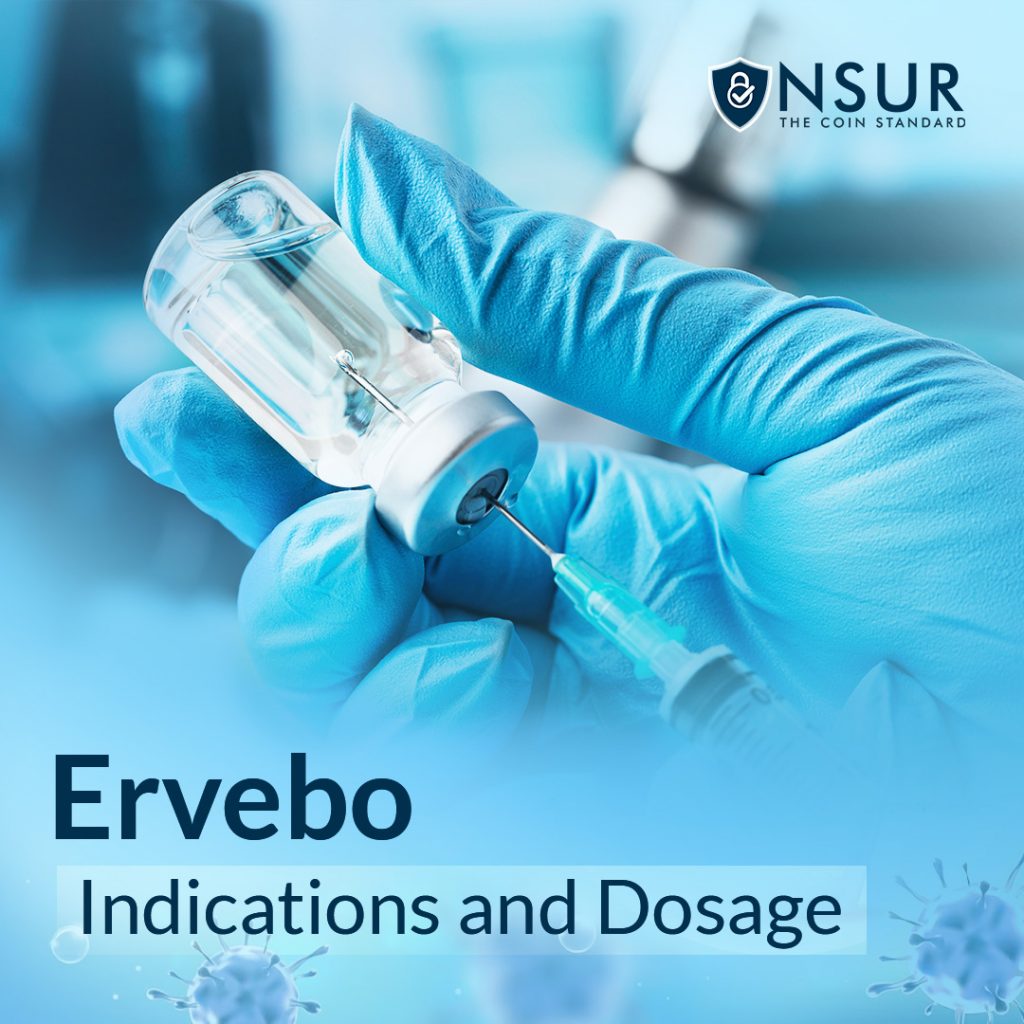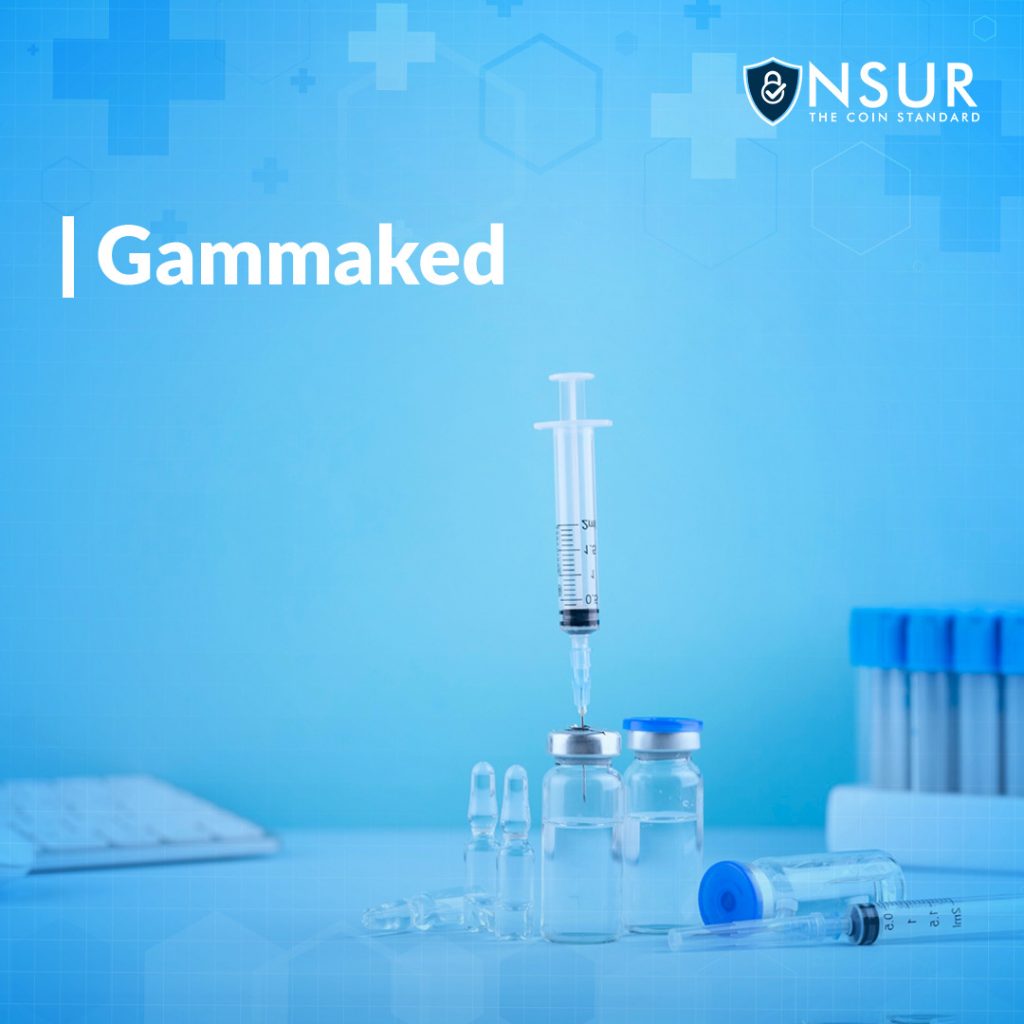
Amlodipine, commonly sold under the brand name Norvasc, is a lifesaving drug primarily used to treat two prevalent health conditions – high blood pressure (hypertension) and chest pain (angina) caused by heart diseases1.
Hypertension and angina are widespread health problems that can potentially lead to severe health complications if not adequately controlled2. Amlodipine, as a calcium channel blocker, plays a crucial role in managing these conditions.
How Amlodipine Works
Amlodipine works by relaxing the muscles of your heart and blood vessels. When your blood vessels are relaxed and not constricting, blood can flow more freely, reducing your blood pressure and making it easier for your heart to pump blood1.
Moreover, the drug also increases the supply of blood and oxygen to the heart, thus reducing the risk of chest pain, which is usually caused by reduced blood flow to the heart.
Benefits and Uses of Amlodipine
Lowering high blood pressure helps prevent strokes, heart attacks, and kidney problems4. Regular intake of Amlodipine can significantly reduce these risks, enhancing life expectancy. The medication is also instrumental in preventing certain types of chest pain and reducing hospital visits due to angina.
While Amlodipine does not cure these conditions, it aids in their management and helps improve quality of life.
Side Effects of Amlodipine
Like all medicines, Amlodipine may also have potential side effects. Some common ones include swelling, dizziness, and flushing. Serious side effects are rare, but they may include fainting, fast/irregular/pounding heartbeat.
Remember, your doctor has prescribed this medication because they have judged that the benefit to you is greater than the risk of side effects. If you observe any unusual side effects, promptly consult your doctor or pharmacist.
Dosage and Precautions
The dosage of Amlodipine is dependent on your medical condition and response to treatment. It’s important to use this medication regularly to get the most benefit from it. It may take up to 2 weeks before you get the full benefit of Amlodipine.
Before starting Amlodipine, make sure your doctor is aware of your medical history, especially if you have heart disease, liver disease, or a certain muscle disease (myasthenia gravis).
Take advantage of NSURx for your prescription drugs!
With the NSURx Prescription Benefit Card, you can save money on your medications at more than 35,000 pharmacies across the United States.
You can save up to 80% on your medication by using an NSURx card. Hundreds of dollars in savings could be yours every time you fill out your prescription.
The more you shop with NSURx, the more NSUR Coins you will receive as a reward.
Conclusion
While Amlodipine does not cure hypertension or angina, it is an essential part of managing these conditions. With regular use under a physician’s guidance, it can significantly improve your life quality. If you or your loved one is prescribed Amlodipine, remember that understanding the medication, its effects, side effects, and the importance of adherence to the prescription, can contribute significantly towards a healthier life.
Footnotes
- Medline Plus: Amlodipine ↩ ↩2 ↩3 ↩4
- Mayo Clinic: Hypertension and Angina ↩
- Healthline: How Amlodipine Works ↩
- WebMD: High Blood Pressure ↩
- American Heart Association: Angina Pectoris ↩
- Drugs.com: Amlodipine Dosage ↩
- Mayo Clinic: Amlodipine ↩
Disclaimer
This blog post is intended for informational purposes only and should not be considered a substitute for professional medical advice. Always consult with a qualified healthcare provider for personalized recommendations and guidance.




